Arif Hasan Khan Akhundzada
Nisor Avalovich Magomedov was the full Russianised version of the name of Nisar Muhammad, of village Zaida, District Swabi — Khyber Pakhtunkhwa Province (then NWFP).
Nisar Muhammad was born, by to his own mention, in 1897. An intelligent, perceptive and adventurous young man, he was affected by the October Revolution, Leninism and the influence of early Indian communist leaders like M.N. Roy. During the 1920s he left his home permanently for Soviet Russia where he joined the Bolshevik Party and was sent to the Turkestan SSR (Soviet Socialist Republic).
With the establishment of the Tajik SSR on 5 December 1929, he was chosen as its first People’s Commissar (minister) for Education. He held this post for quite a number of years, till the time when he incurred Stalin’s disfavour — and met his death in the Great Soviet Purges of the late 1930s. Two other early Soviet Tajik leaders were shot with him on the night of 20 October 1937 — namely Nusratullah Makhdum and Shirinshah Shahtaimur, as well as numerous Russians and others. The fact that the Soviet authorities had considered it fit to send Nisar Muhammad to work in Tajikistan, of all places, seems very pertinent — at that significant time in history — as regards the man himself, as well as his background.
Although for ostensible and obvious reasons, Nisar Muhammad passed himself off as a “Mandanr” Afghan — but in truth nothing can be said with certainty about his actual ethnic roots. He belonged to the village of Zaida, located in Swabi district of Peshawar Valley. Now a centre of the Mandanr tribe of the Yusufzai Afghans, the lush Swabi area was previously Tajik territory before the Yusufzai-Timurid takeover of 500 years ago, and was included in the Buner Wilayat of the Swati Kingdom of Pakhli Sarkar.
Zaida village in turn is the hotbed of the Abakhel section of the Mandanr Yusufzais. This tribe among others are all known to have absorbed sizeable populations of native Tajiks upon their invasion of these areas 500 years ago. While Nisar Mohammad’s official identity is that of a Pashtun of the Ayubkhel clan of the Abakhel Mandanr sub-section…it is interesting to note that the Ayubkhel “kandi” (locality) of Zaida is otherwise populated heavily with the aboriginal inhabitants of the land — including Gujjars, Tanolis, Awans, Dilazaks/ Khattaks, and Pashtunised Tajiks of the Mitravi section of the Swatis, now known as Ghalikhel.
Ghalikhels are to be found not only elsewhere in Swabi, but also in Kunar-Bajaur and in Mansehra…and to reiterate, great numbers of Mitravi Tajiks from all over the former Swat Kingdom were known to have absorbed themselves into the Yusufzais and other Pashtun tribes who overran their respective areas — such as the Mohmands, Salarzais and Uthmankhels etc. They now unfortunately tend to identify themselves as Pashtun-Afghan. (This author himself is a Mitravi Akhundzada now associated with a superficial “Mohmand” identity).
Nisar Muhammad was the son of Awal Khan, and his grandfather was Mohammad Ali. The two other male ancestors in his paternal line are Karim Khan and Karam Khan, respectively. Upon moving to the Soviet Union via Kabul, he is said to have left behind a young wife with a month old infant son. No other family are mentioned. The wife died soon afterwards, and the infant was brought up by its maternal grandfather Siddiq Ahmad. He grew to be an old man who passed away in 1996. He had one son, Maqbool Ahmad, who is still alive and now in his late 60s. He runs a medicine store in Swabi bazar.
Nisar Muhammad after reaching the USSR Russianised his name as required by the law — to Nisor Avalovich Magomedov/ Makhmadov. He also married a Russian lady, by whom he had several daughters. My informant says that about 27 years ago, two of these sisters visited Peshawar as part of a delegation. The grandson Maqbool Ahmad got wind of the visit of his aunts rather late and rushed to Peshawar to meet them, but they had already left. N.A. Magomedov’s daughters were in their 70s at that time, and have since passed away.
Nisar Muhammad’s services for Tajikistan in its early period are still eulogized, and his contributions cherished.
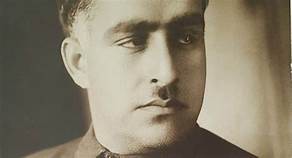
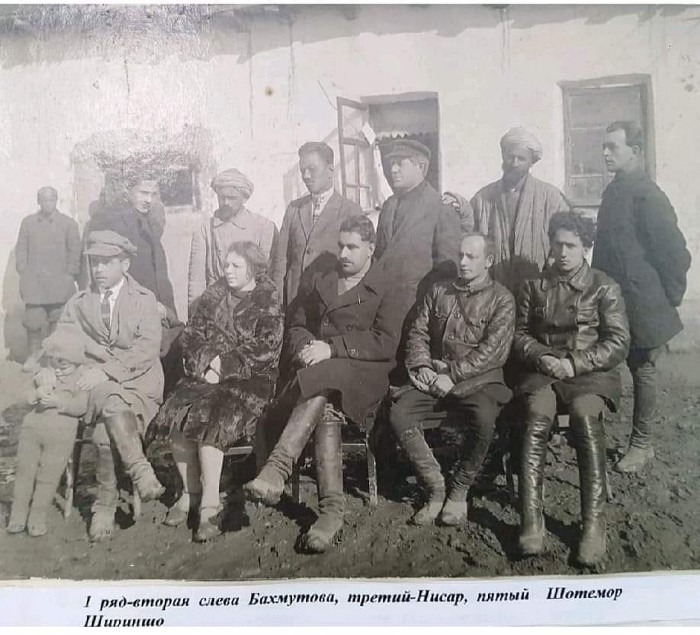
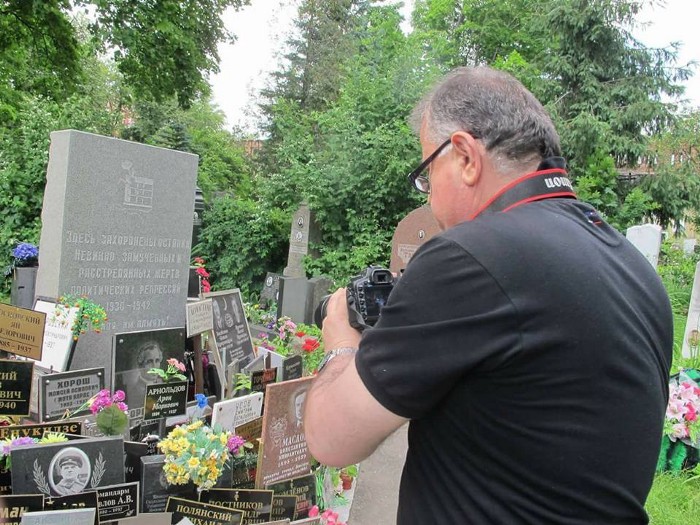
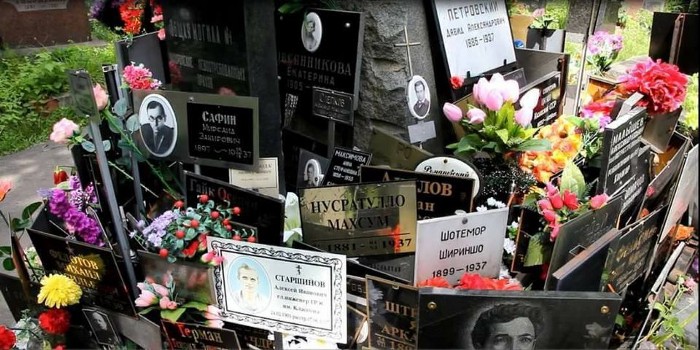
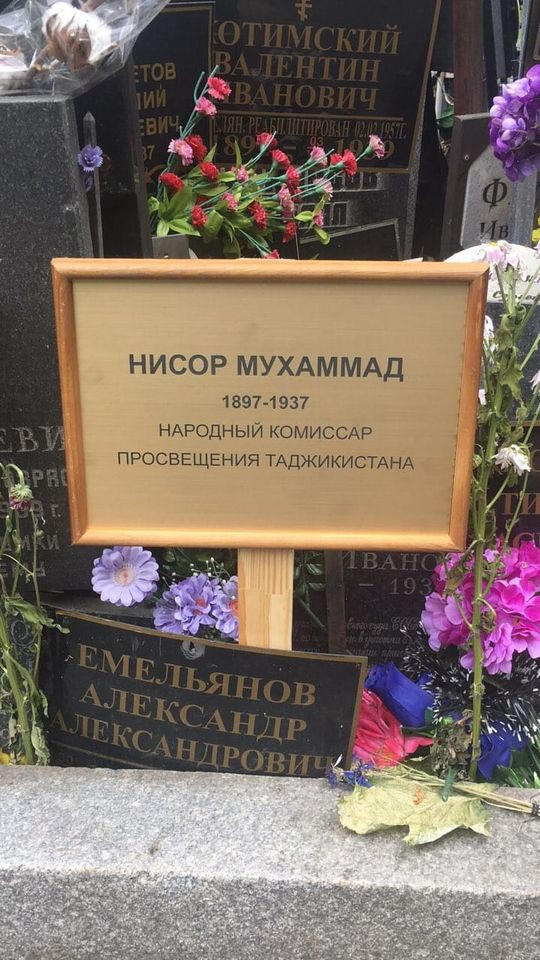

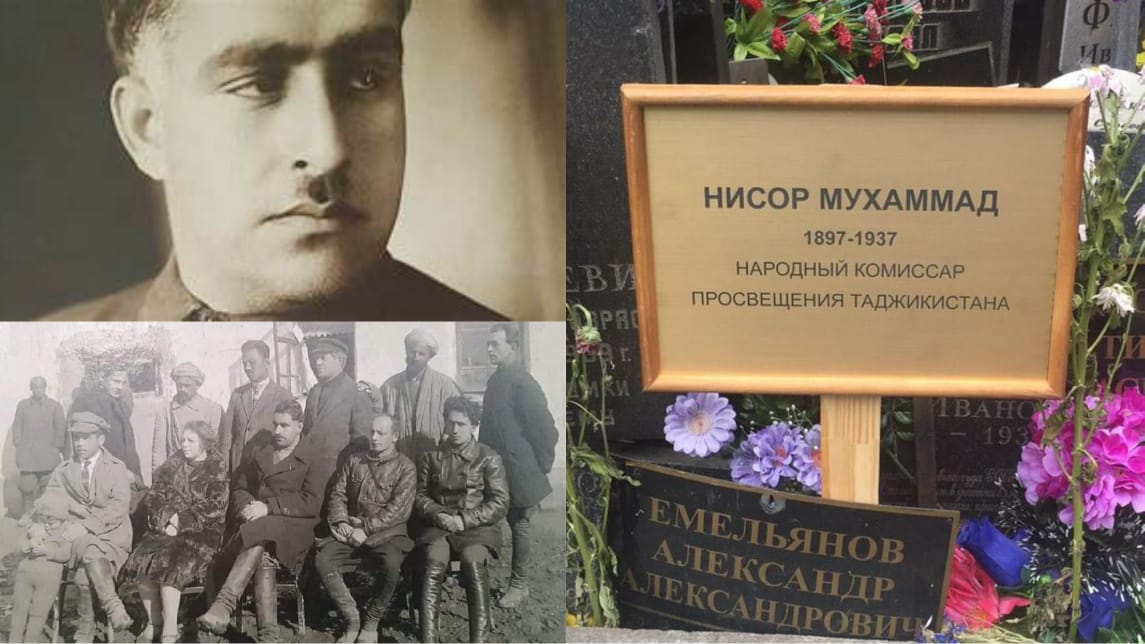
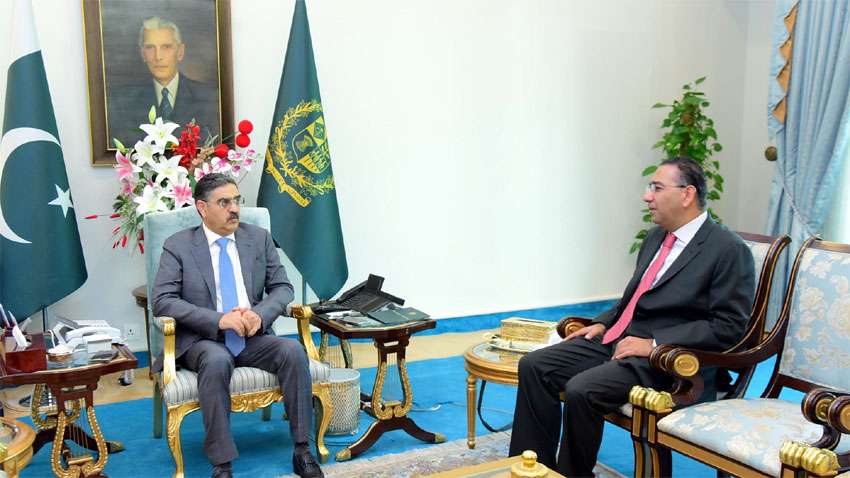


2 thoughts on “Nisar Muhammad of village Zaida, Swabi (NISOR AVALOVICH MAGOMEDOV 1897–1937)”
Comments are closed.